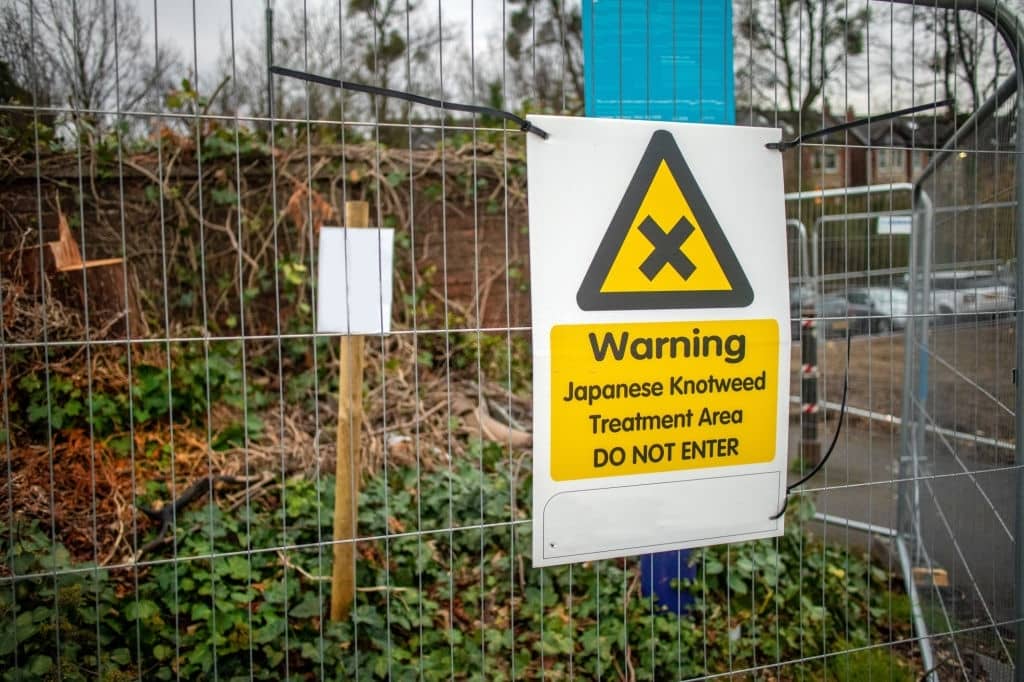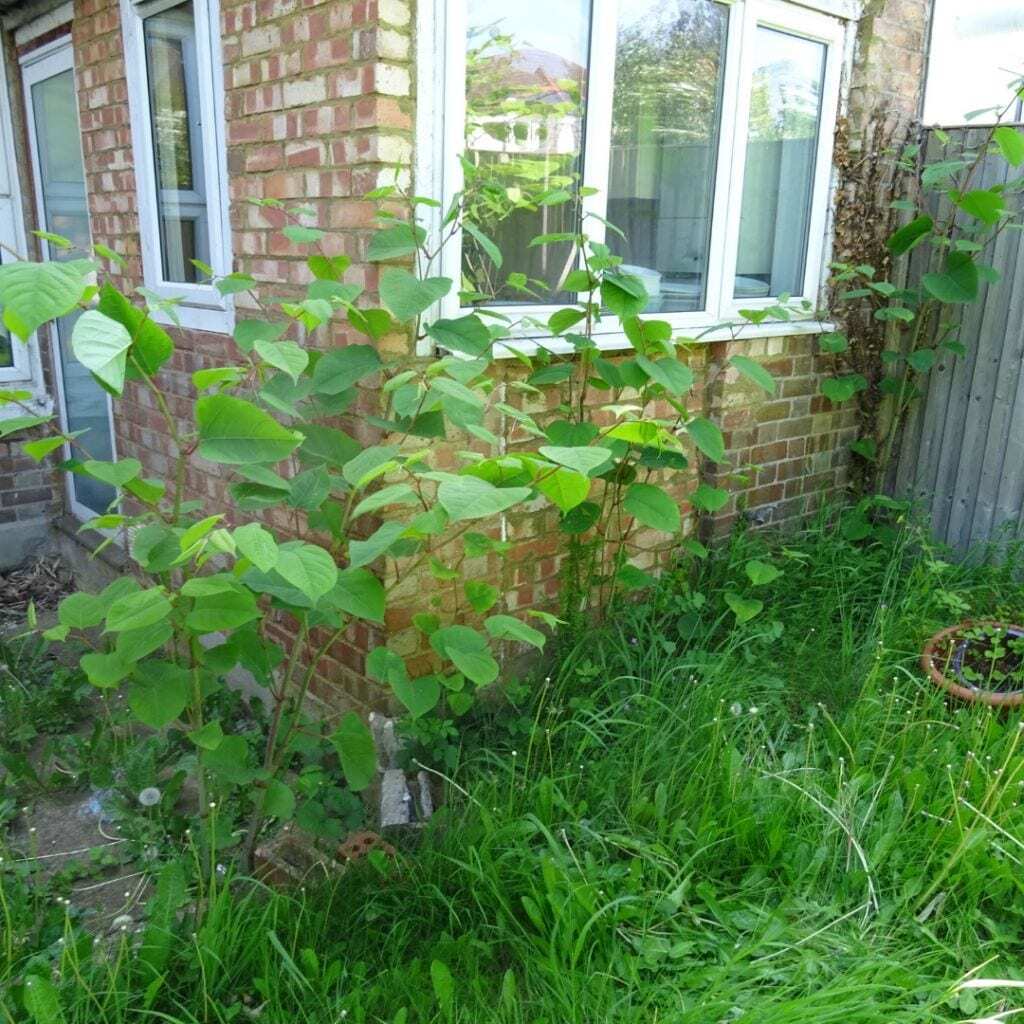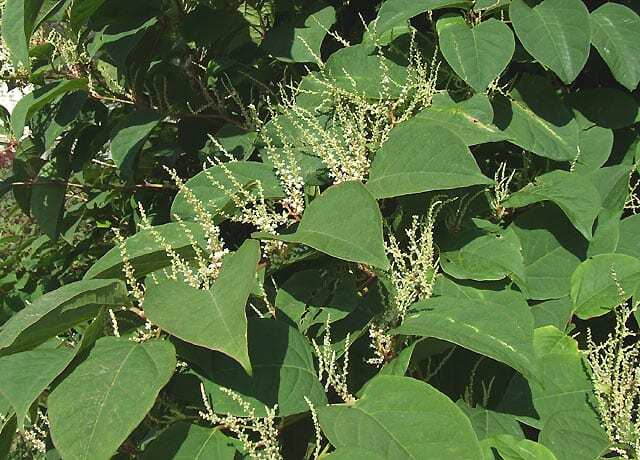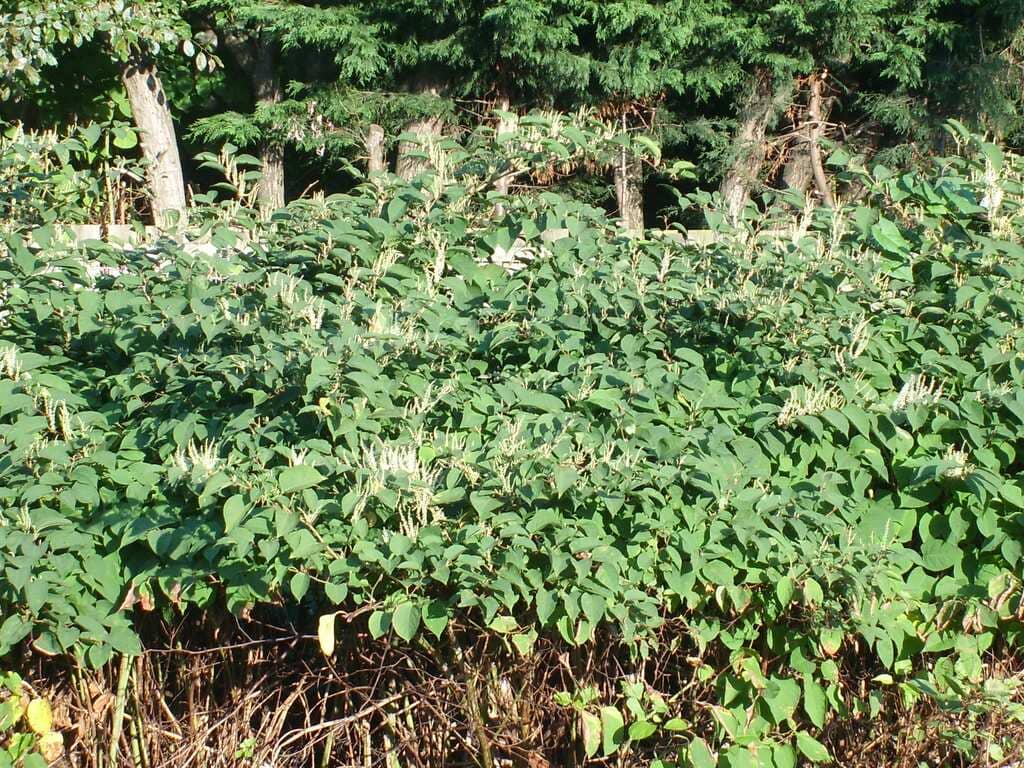
At a Glance
- Spring is the most important season for Japanese Knotweed identification.
- Early detection prevents property damage and reduces removal costs.
- Look for distinctive red shoots, bamboo-like stems, and shovel-shaped leaves.
- CYB Environmental offers expert surveys and management plans across the UK.
Japanese Knotweed Identification Tips in Spring
Spring marks the start of a new growing season and for many UK homeowners, it’s also the time when Japanese Knotweed begins to emerge. This invasive plant thrives as temperatures rise, often spreading rapidly before being noticed.
Recognising Japanese Knotweed identification in spring is crucial. Catching it early allows for quicker intervention, prevents damage to buildings and gardens, and ensures compliance with UK environmental regulations.
At CYB Environmental, our specialists help property owners and developers spot and manage Japanese Knotweed before it becomes a major problem.
Why Spring Is the Best Time for Japanese Knotweed Identification
Japanese Knotweed (Fallopia japonica) spends the winter months hidden underground, lying dormant within its extensive rhizome (root) network. These thick, woody rhizomes can survive frost and severe weather, storing enough energy to fuel rapid regrowth once temperatures rise.
As the soil warms in March and April, small reddish-purple shoots begin to emerge from the ground. These new shoots are the first visible signs of Knotweed regrowth, making spring the most effective and strategic time for identification.
Spring is the ideal season to detect Japanese Knotweed because:
- Early shoots stand out clearly before other vegetation has grown thick, making them easier to spot in gardens, along fences, and on development sites.
- Professional surveys in spring allow specialists to accurately map the extent of the infestation while growth patterns are still visible and manageable.
- Early action enables timely treatment: Herbicidal control is most effective when started during early growth stages, before the plant becomes woody and resistant later in the year.
- Fewer obstacles for visual confirmation: With less surrounding foliage, surveyors can identify Knotweed crowns, dead stems from the previous year, and spread direction with greater precision.
Detecting Japanese Knotweed early in spring not only saves time and money but also helps to prevent its spread to neighbouring properties a key factor in legal compliance under UK environmental regulations.
Early intervention at this stage gives property owners the best chance to control infestations quickly, minimise damage, and plan long-term management before the plant reaches full growth in summer.
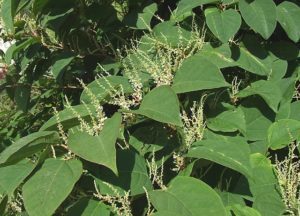 Key Signs of Japanese Knotweed in Spring
Key Signs of Japanese Knotweed in Spring
When performing a Japanese Knotweed identification in spring, pay close attention to these early physical characteristics:
1. Red or Reddish-Purple Shoots
The first visible sign is the emergence of reddish-purple shoots that resemble asparagus spears. These can grow rapidly up to 10 cm per day during the peak of spring. The shoots often appear in tight clusters, forming dense crowns that expand each year.
As the season progresses, these shoots elongate quickly, becoming greener as they mature. Their distinctive colour and fast growth rate make them one of the clearest indicators of Knotweed in early spring.
2. Bamboo-Like Stems
As the plant grows, the stems become hollow, jointed, and bamboo-like in appearance. In spring, they are typically green with red or purple speckles, a distinctive feature that sets Knotweed apart from native plants.
When cut, the stems reveal a hollow centre and produce a characteristic snap a useful confirmation sign for anyone unsure of the plant’s identity. These stems can reach over 2–3 metres high by late summer if left untreated.
3. Shovel or Heart-Shaped Leaves
The leaves emerge tightly curled before unfurling into a shovel or heart shape with a pointed tip. They typically grow in a staggered (zigzag) pattern along the stem one leaf per node, which is a key trait of Japanese Knotweed identification. By mid-spring, the lush green leaves can reach 10–15 cm in length, creating a dense canopy that shades surrounding plants and outcompetes native vegetation.
4. Rapid Growth in Clusters
Japanese Knotweed spreads aggressively, with multiple stems emerging from a single rhizome crown. Early patches can quickly form dense thickets if not treated promptly. Once established, the plant can dominate an area within a single season, smothering lawns, garden beds, and even penetrating small cracks in concrete and brickwork. Regular monitoring in spring can help spot new clusters before they become extensive.
5. Location Patterns
Knotweed often establishes itself in disturbed or unmanaged ground, such as near fences, railway lines, driveways, embankments, and riverbanks. It also favours moist soils and areas where soil movement has occurred.
If you notice clusters of red shoots or bamboo-like stems in these areas during early spring, take immediate action. Early intervention by a professional such as CYB Environmental can stop its spread and prevent long-term property damage.
Common Misidentifications in Spring
Japanese Knotweed is often mistaken for other common plants in its early growth stages. Here’s how to tell the difference:
| Plant | Similar Feature | How to Tell It’s NOT Knotweed |
| Dogwood | Red stems | Dogwood stems are woody, not hollow |
| Bindweed | Heart-shaped leaves | Bindweed twines around other plants; Knotweed stands upright |
| Bamboo | Jointed stems | Bamboo has woody stems and forms distinct nodes |
| Dock | Broad leaves | Dock lacks the zigzag stem and red-speckled pattern |
Why Early Identification Matters
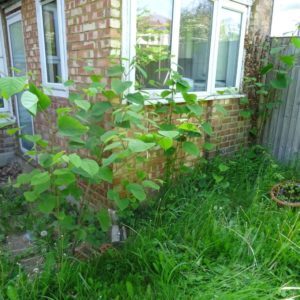 Catching Japanese Knotweed early in spring can save property owners significant time, money, and stress. Here’s why early action is vital:
Catching Japanese Knotweed early in spring can save property owners significant time, money, and stress. Here’s why early action is vital:
- Prevents structural damage: Knotweed roots can damage foundations, patios, and retaining walls if left untreated.
- Reduces removal costs: Smaller infestations are quicker and cheaper to treat.
- Avoids legal issues: Allowing Knotweed to spread can lead to fines or enforcement notices under the Wildlife and Countryside Act 1981.
- Supports mortgage applications: Lenders often require a Knotweed Management Plan from a professional firm like CYB Environmental before approving a mortgage.
How CYB Environmental Can Help
At CYB Environmental, we specialise in Japanese Knotweed identification and removal across the UK. Our spring surveys are designed to detect early signs of growth and assess the extent of infestation.
Our services include:
- Comprehensive site surveys and mapping to confirm identification.
- Legally compliant treatment plans using herbicidal or excavation methods.
- Insurance-backed guarantees for lender and homeowner confidence.
- Environmental responsibility, ensuring all work complies with UK waste and wildlife legislation.
With expert intervention, Knotweed can be contained and eradicated effectively protecting both your property and its value.
Key Takeaways
- Spring is the best time for Japanese Knotweed identification.
- Look for red shoots, bamboo-like stems, and shovel-shaped leaves.
- Early detection prevents costly damage and legal issues.
- CYB Environmental offers professional surveys and management plans.
- Always seek expert help to confirm and control any suspected Knotweed.
What’s Next
Spring growth can reveal more than just flowers — it can uncover one of the UK’s most destructive invasive plants. Early Japanese Knotweed identification in spring is the key to preventing long-term damage and maintaining property value.
If you suspect Japanese Knotweed on your land this spring, contact CYB Environmental for expert advice, professional surveys, and legally compliant treatment plans.
Get in touch today to schedule your Knotweed inspection or management consultation.



